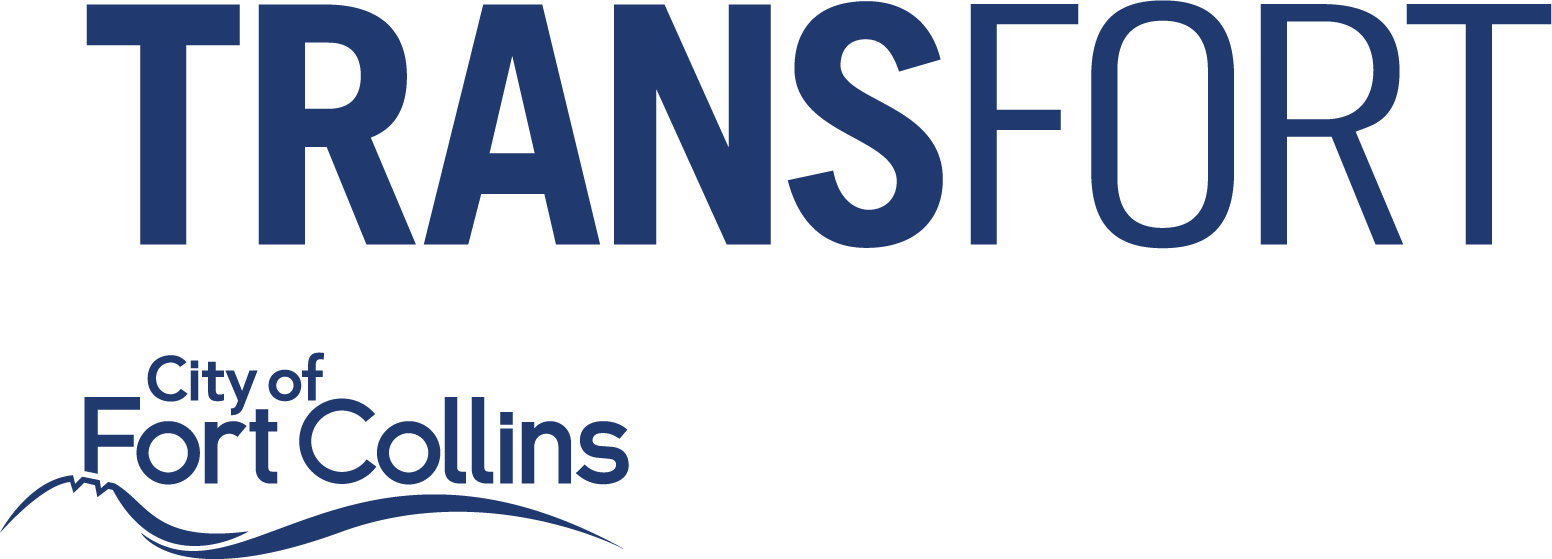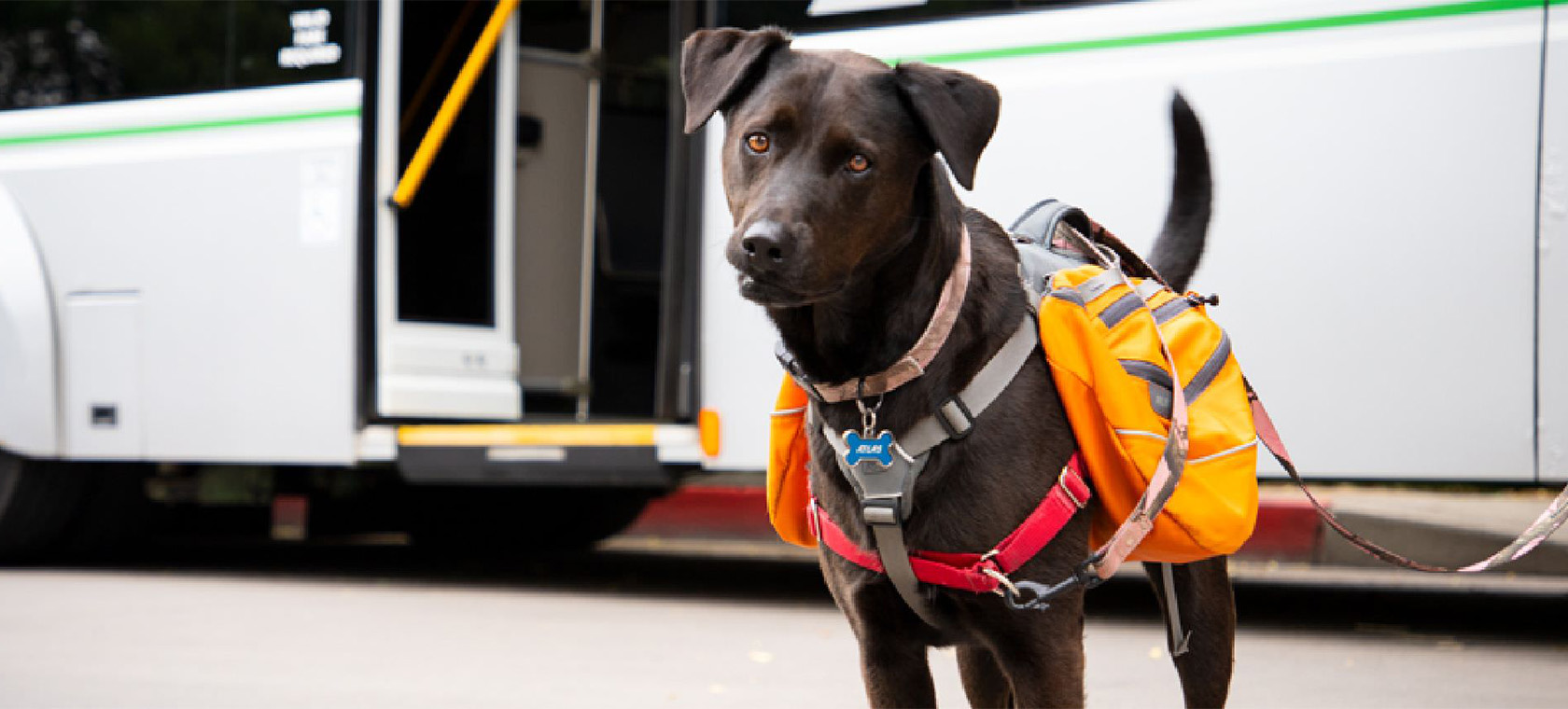
Bus & Route Accessibility
From wheelchair accessibility to audio announcements and visual displays, we are committed to making our routes inclusive for all passengers. Learn more about the specific accessibility features of each route, including ramp availability, designated seating for individuals with disabilities, and other accommodations.
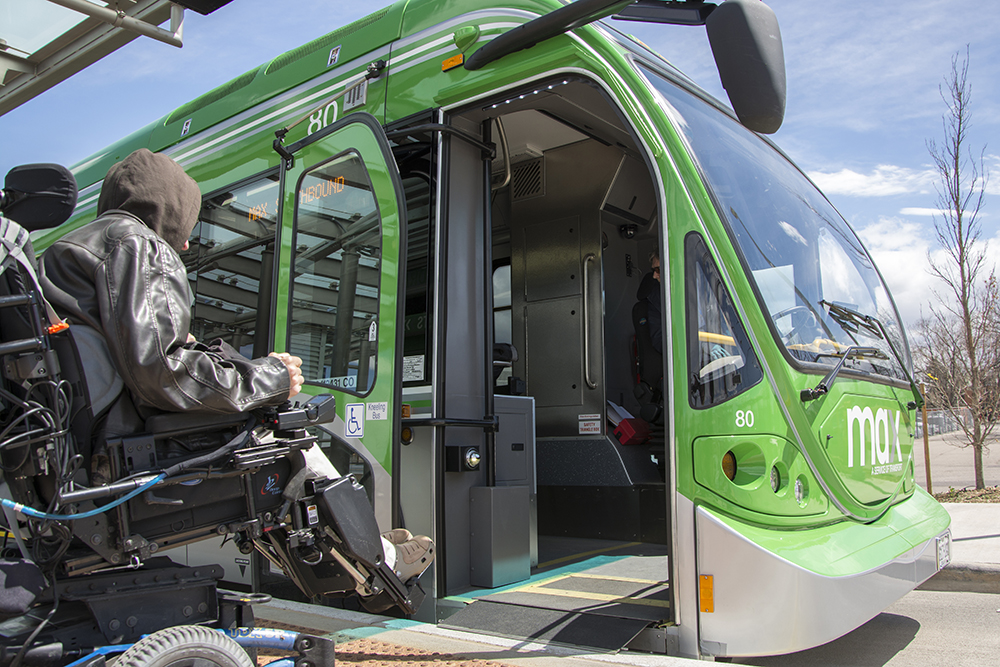
Fixed Route Accessibility
All Transfort buses are equipped with lifts or ramps and are fully wheelchair accessible. There is space inside the bus for two wheelchairs. Bus operators are trained to assist passengers when boarding and exiting the wheelchair accessible area.
We also have kneeling buses. A kneeling bus can lower its body or entrance door closer to the curb to facilitate boarding. If you need assistance boarding, please let the operator know and they can kneel the bus for you or activate the ramp.
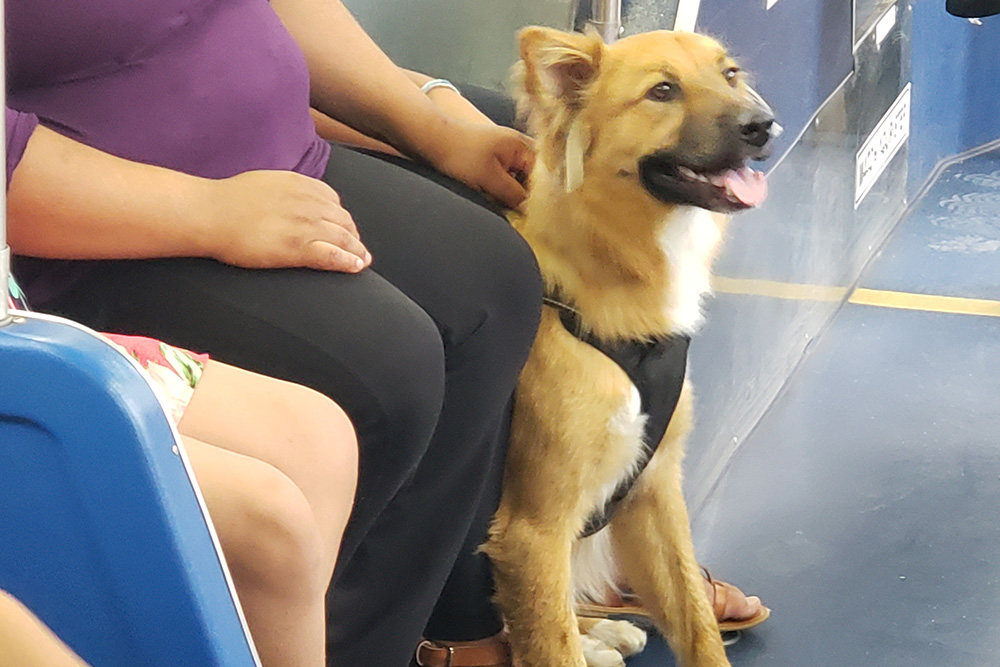
Service Animals
Passengers who require a service animal may bring them on board. The service animal must be controlled by the passenger at all times.
Pets that are not service animals must be transported in a fully contained and secured pet carrier.
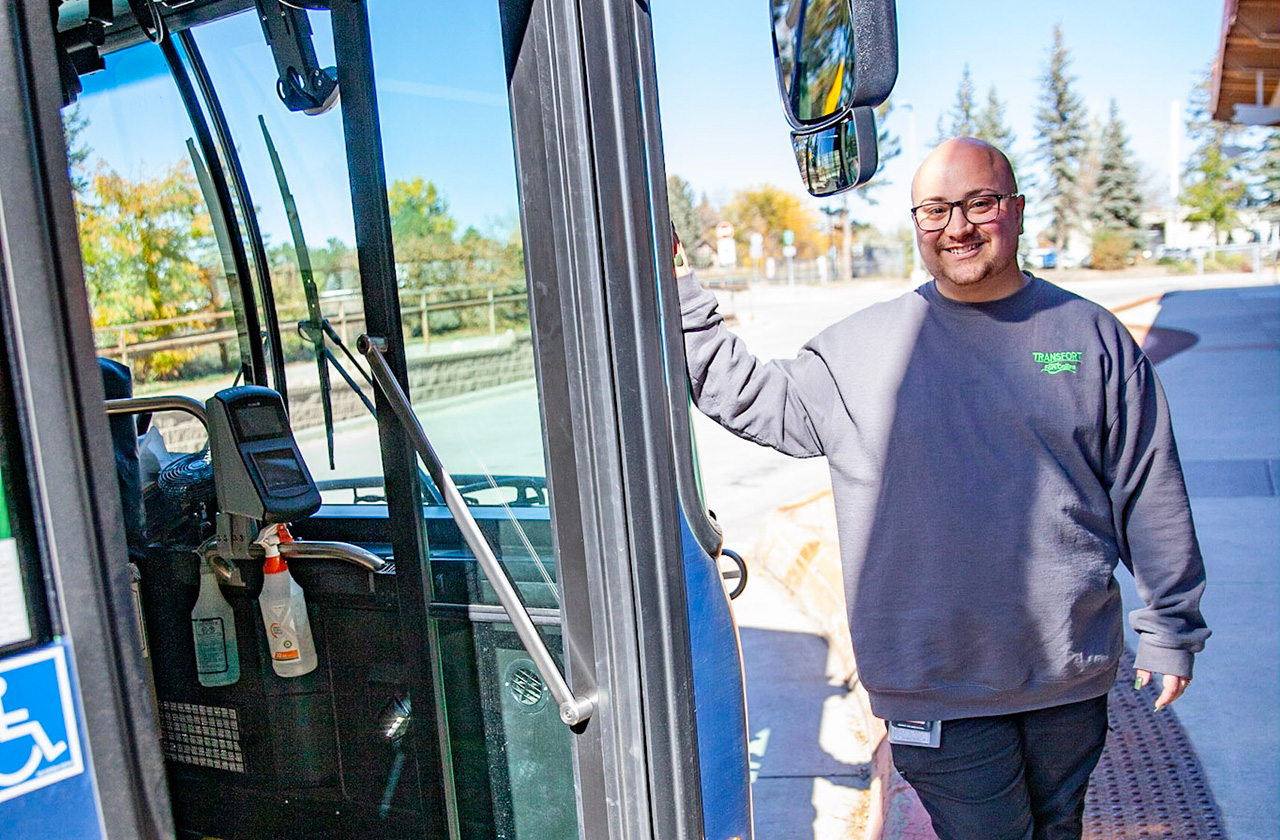
Bus Stop Improvement Program
At Transfort, we are dedicated to creating an accessible and inclusive transit system for all. With the Bus Stop Improvement Program, our goal is to bring all Transfort bus stops into Americans with Disabilities Act (ADA) compliance by 2026, ensuring that transit is accessible to people of all abilities and ages.
The Bus Stop Improvement Program is guided by Transfort’s Bus Stop Design Standards and Guidelines, which were adopted by City Council in 2015. The program is funded through a combination of Federal Transit Administration (FTA) grants and local Community Capital Improvement Program (CCIP) funds.
For a copy of the Bus Stop Design Standards and Guidelines, please email Dashiell Bubar-Hall at dbubar-hall@fcgov.com
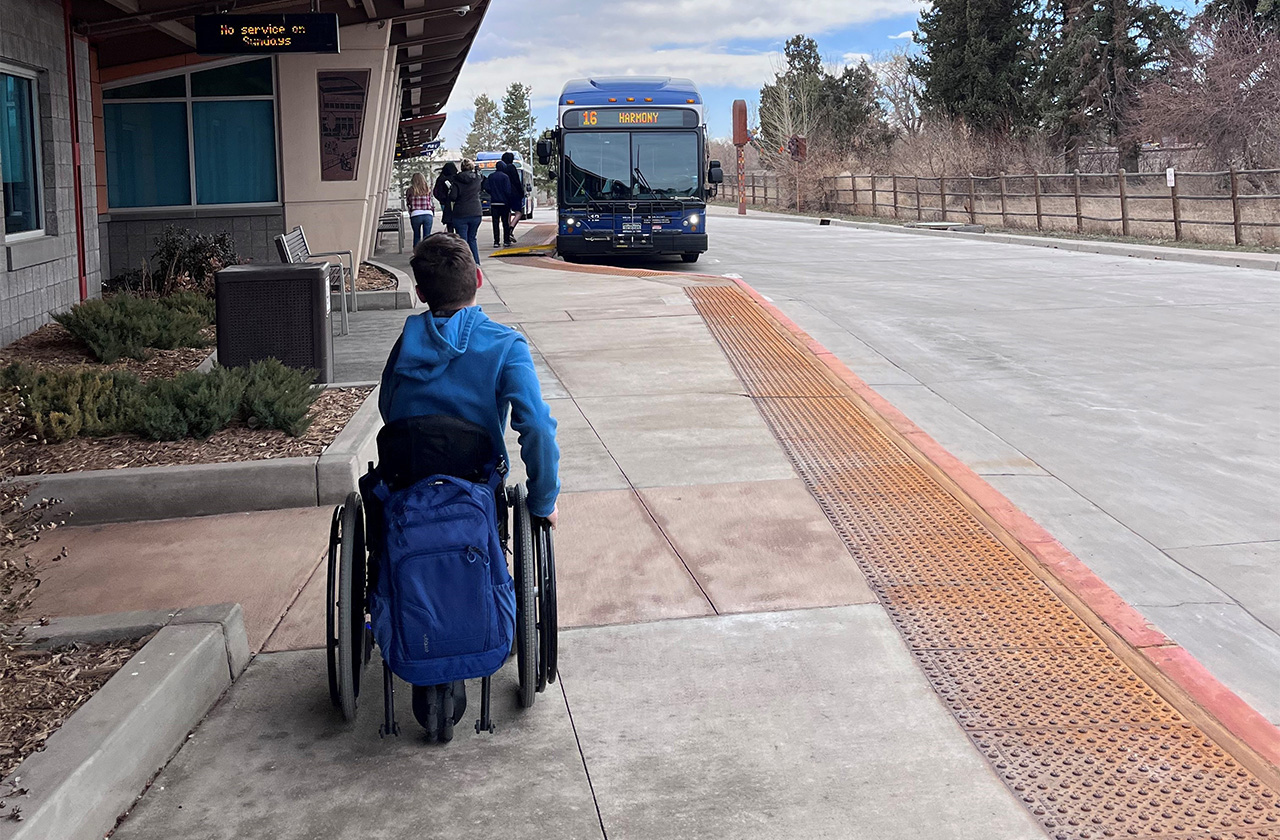
Bus Stop Improvement Program Prioritization of Stops
Priority is given to stops meeting certain considerations such as, but not limited to:
- Stops with higher ridership;
- Demographic considerations such as youth, seniors, people with disabilities and low-income population concentrations within a quarter mile of the stop;
- Stops adjacent to roadways with high traffic speeds.
Sometimes certain stops may move up or down on the prioritization list for various reasons, such as right-of-way challenges or to coordinate with other capital projects.
Which stops are accessible?
Use the FCMaps site and zoom in on the map to see routes and stops. Accessible stops will have the International Symbol of Access (ISA) beside them.
